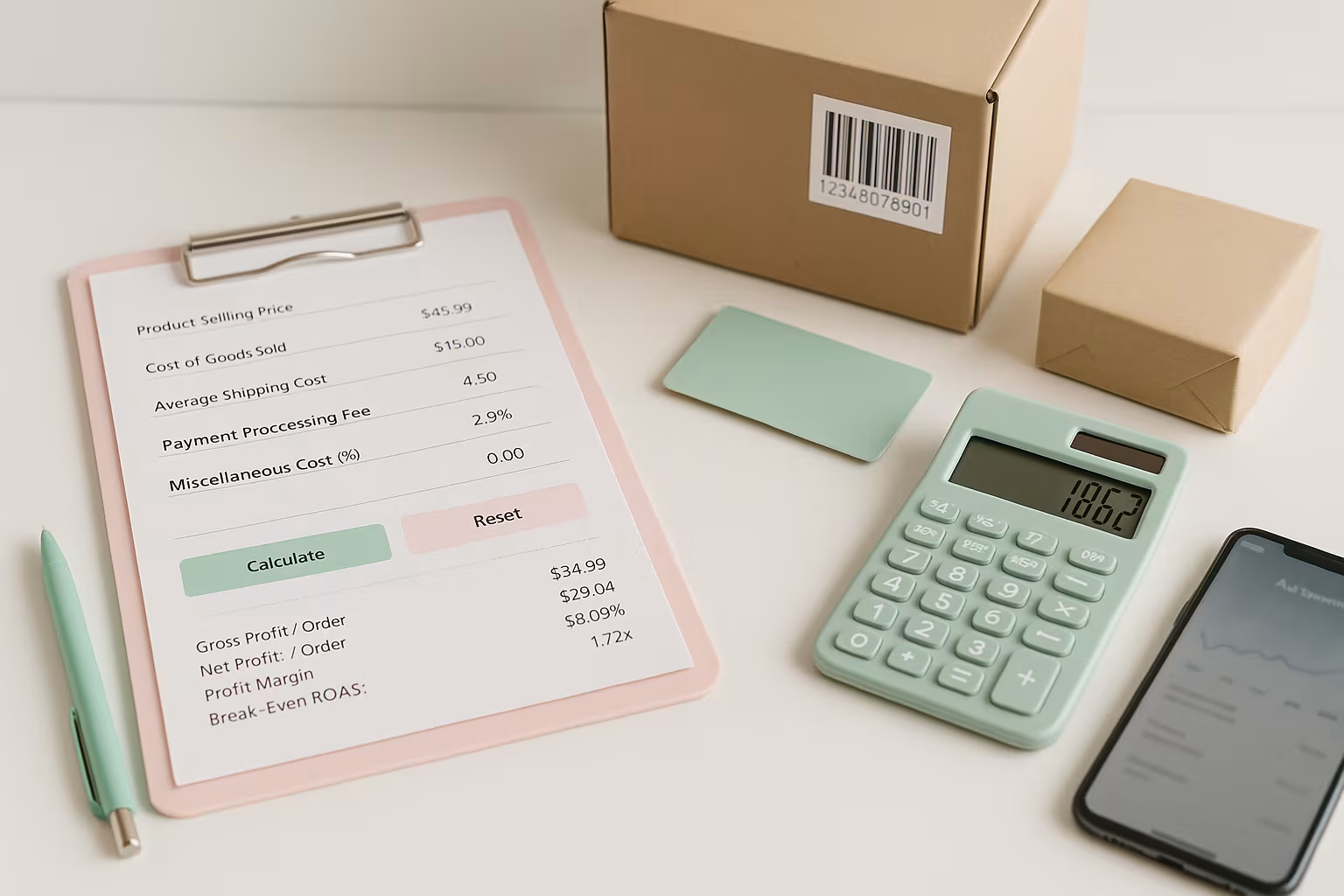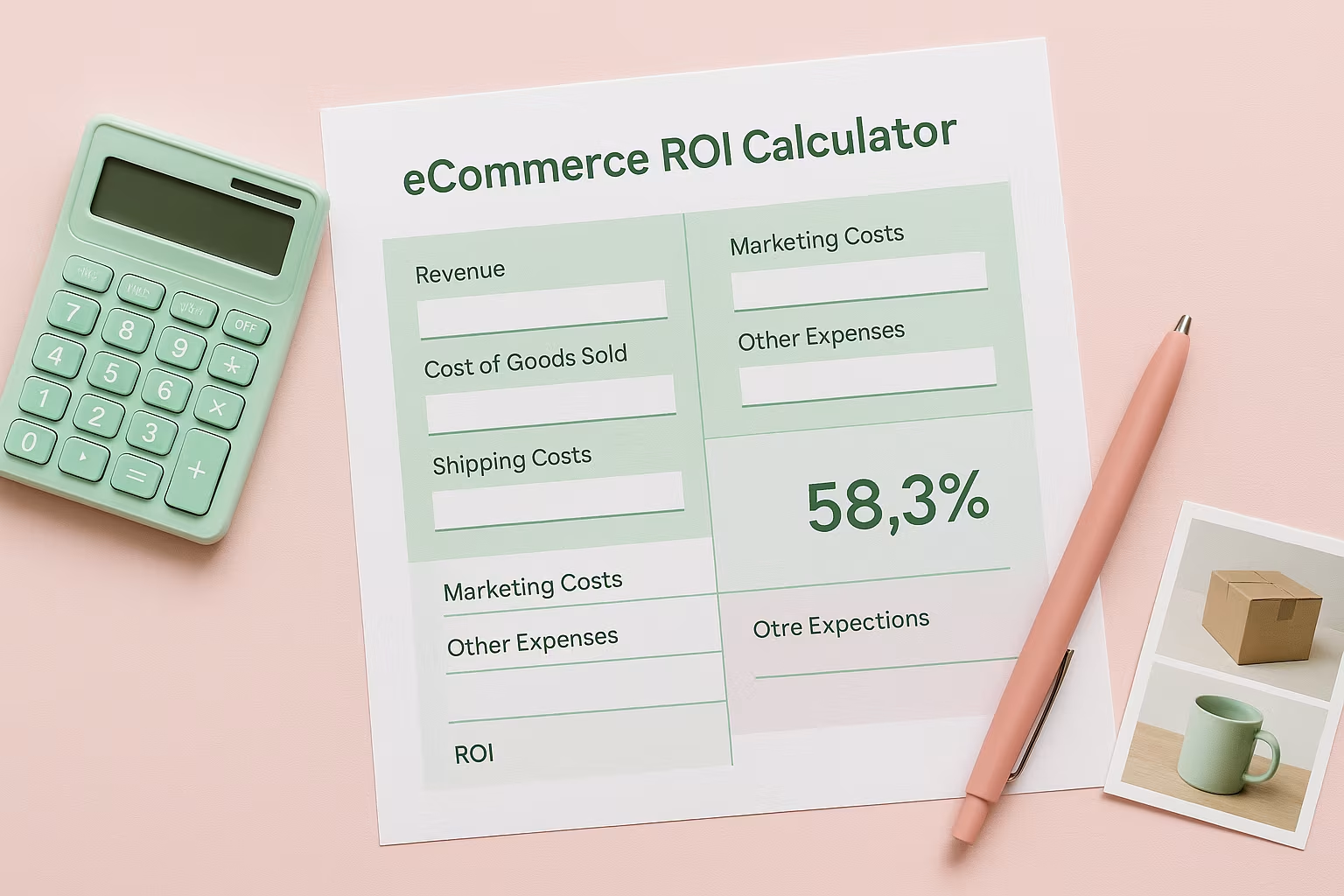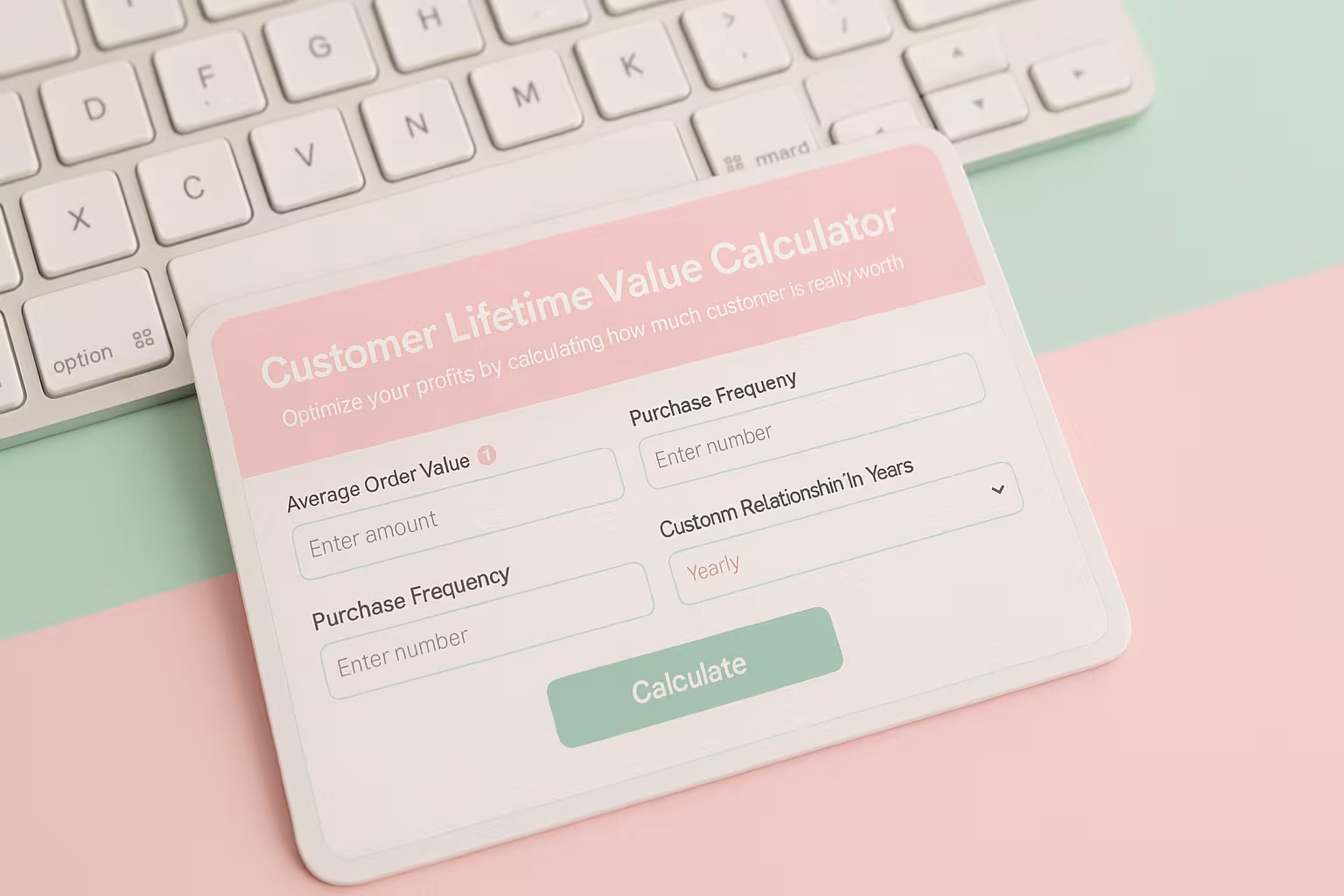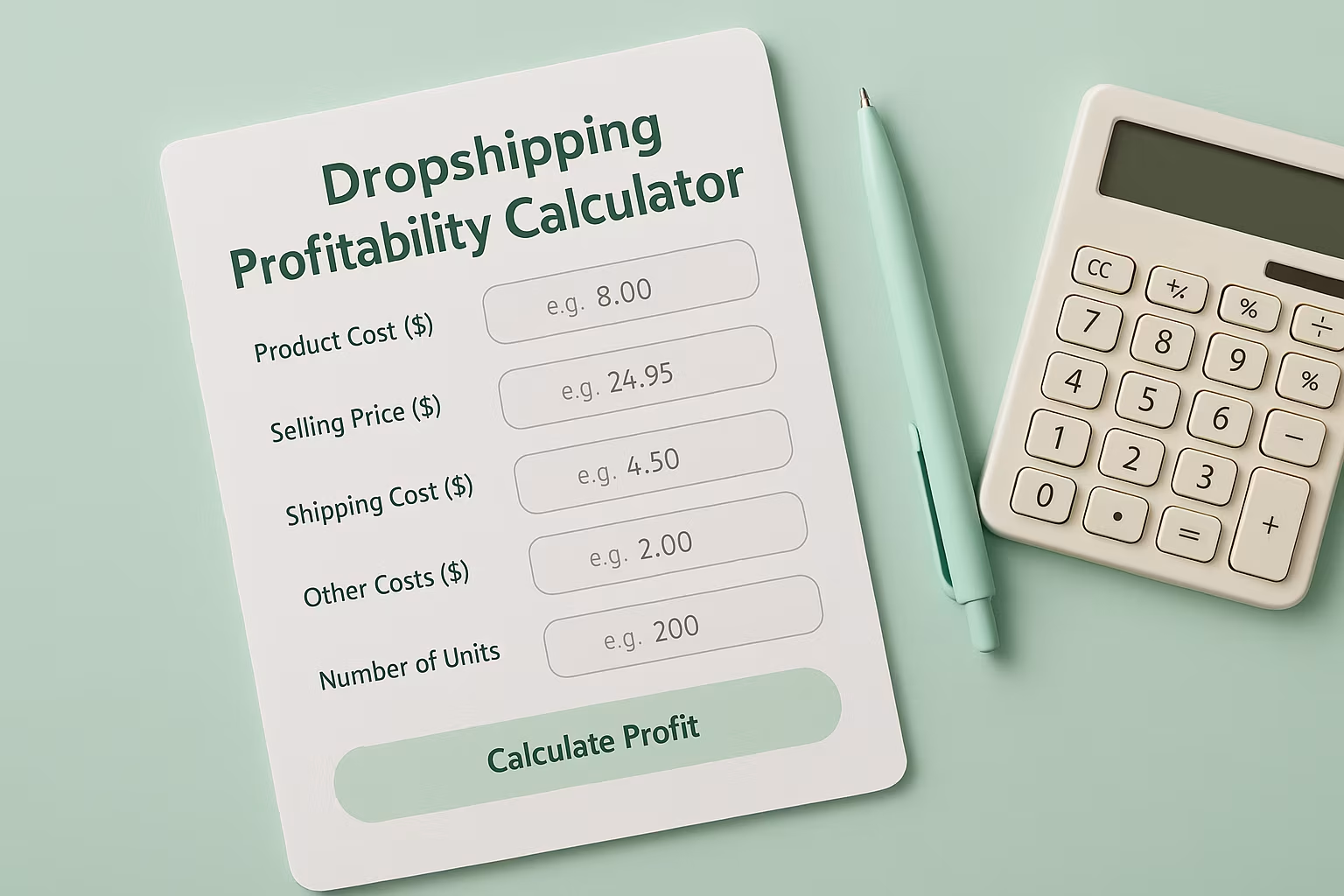.jpeg)
What is a direct-to-consumer (D2C) brand?
A direct-to-consumer online brand is a business that sells products directly to consumers through its own website or online store. This type of business is becoming increasingly popular, as it allows consumers to buy products without having to go through a middleman.
How do you develop a strong brand identity?
Developing a strong brand identity is important when starting a direct-to-consumer online brand. This will help your customers remember your brand and what it stands for. There are several things you need to consider to create a strong brand identity, including:
- Coming up with a clever and catchy name. This will help your customers remember your brand and what it stands for.
- What are your core values? What makes your brand unique?
- What type of customer do you want to attract? You need to define a niche that will be interested in what you have to offer.
- You need to align your brand identity (colors, design, copywriting style) with your core customer's worldview.
Liveinnermost is a great example. Their name, branding, and target customer are perfectly aligned. It's a brand that addresses the issues related to "sedentary lifestyles, lack of sleep, stress and brain function" in the young millennial population. And their website clearly lets you feel that.
.avif)
Once you understand your brand identity well, you can start.
What type of products should you sell on your website?
When starting a direct-to-consumer online brand, it's important to think about the type of products you want to sell. There are a few things to consider when making this decision, including:
- What type of products do you want to sell that reflects your brand's values? For example, Nike will never sell burgers because it doesn't align with its values. But they might introduce bicycles one day.
- Who is your customer? For example, a brand called BOOM! stands for "women who want to reveal their genuine beauty." They have clearly defined that their target customer is women who are 50+.
- What product you can technically and financially create or source? Developing, manufacturing, and stocking up product inventory can be very expensive.
The last point is why many business ideas are never realized.
But there's good news. You don't have to create the product yourself necessarily. You can use on-demand supply platforms like Supliful to add your brand to white-label products.
You may wonder, does using on-demand suppler make you merely a reseller? No. You add value in multiple ways:
- Product discovery. Many products would never find their way to consumers without the seller.
- Convenience. People are lazy, so they're ok with paying a premium if they don't have to search for products.
- Context. Sellers can provide information on product use and give a better after-service.
- Design. Human beings love beautiful and original design that aligns with their worldviews.
Here is another great example of how a white-label product can be aligned with a well-defined brand.

How to create an online store?
Once you have created a product that aligns with your values and is targeted at your core customers, you need to create a sales channel. There are a few things you'll need to do to get started, including:
- Creating a website: This will be your online storefront, where customers can buy your products. Multiple shopping cart platforms allow you to do that fairly easily, with Shopify being the most popular. You can use a free or paid design template and customize it with your brand colors, logo, images, and text copy.
- Creating social media accounts: You'll need to set up accounts on Facebook, Twitter, Instagram, and any other social media platforms you plan to use.
- Setting up a payment gateway: This will allow customers to pay for your products using credit cards or PayPal. Usually, shopping cart platforms offer their native payment gateway solutions.
- Creating an email account: You'll need this to send order confirmations and other important information to customers.
If you're a social media influencer and choose to use Supliful to create products, you can use Supliful's hosted storefront feature. It allows you to skip domain registration and time-consuming web designing.
How to get customers?
You need to drive traffic to your store. If there's no traffic to your website, then you won't get sales.
Traffic is the blood flow of your business.
There are a few things you can do to drive traffic to your online store, including:
- Creating high-quality content that resonates with your target customer. This could include blog posts, videos, or infographics.
- Use social media to share your content and engage with your target customer.
- Running ads targeting your target customer.
- Attracting customers in the physical world via QR code that leads to your store.
- Building a strong relationship with customers by providing excellent customer service.
- Offering discounts and other incentives to customers.
All the above customer acquisition methods can be divided in two groups: organic customer acquisition and paid customer acquisition.
The question is, do you invest your time to leverage your online influence, growth hacking skills, or copywriting skills? Or, you pay to media platforms like Facebook, Google, and TikTok to drive targeted traffic to your store via paid ads?
The only way to succeed is by starting now!
Direct-to-consumer (D2C) brands have been rising in recent years as more and more consumers are looking to buy products online. This can be a great way to start your own business with low costs and low risk.
But starting a D2C brand isn't easy - you'll need to create, do your research, and clearly define your brand, customer, and product that you want to sell.
You'll also need high-quality content that resonates with your target customer, use social media to engage with them, and run ads targeting them.
If you do all these steps, there's no reason why you couldn't be the owner of a 7-figure online business by this time next year.
FAQ
Related blogs

Break-Even ROAS Calculator: Find Out What You Can Afford to Spend on Ads

Ecommerce ROI Calculator: Scale Your Store

Customer Lifetime Value Calculator: Unlock Your E-commerce Revenue Potential


